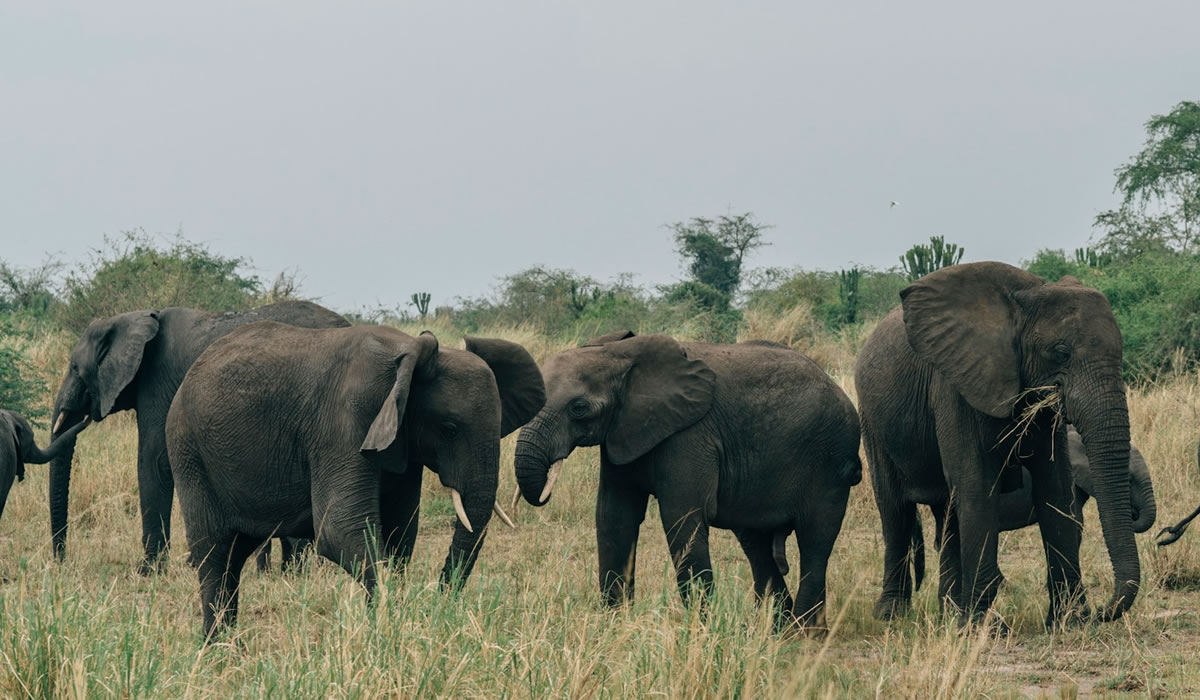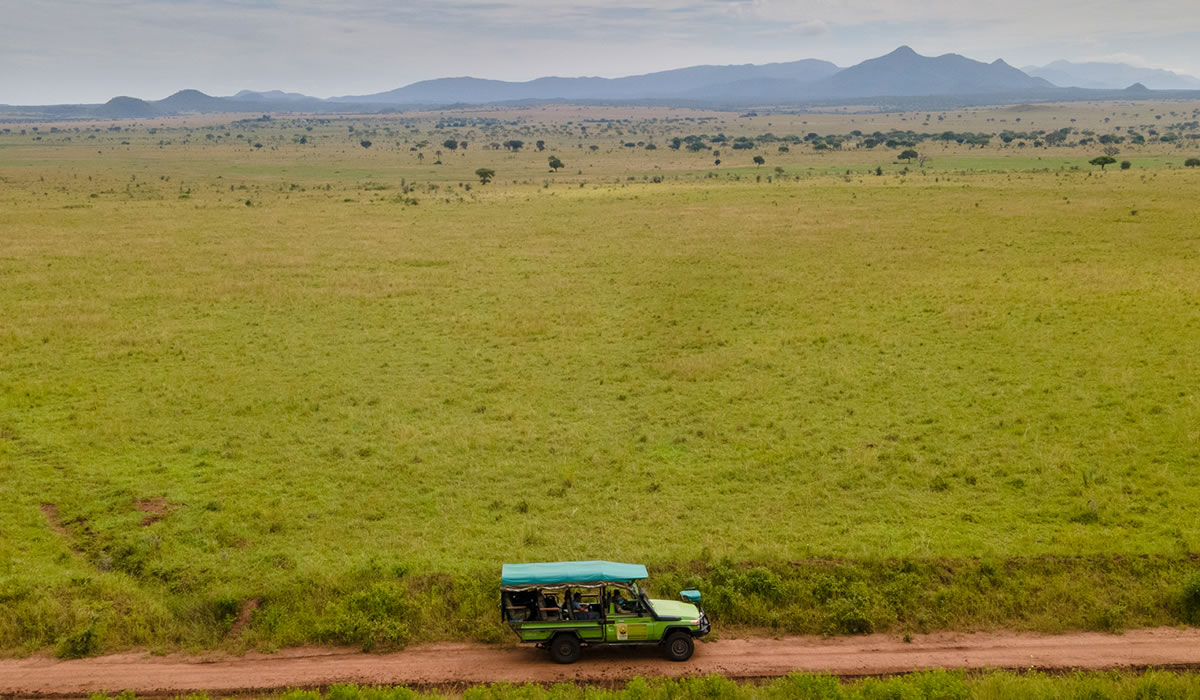When planning a safari or adventure holiday to Uganda, understanding the country’s weather patterns can…

Uganda is one of the most enchanting travel destinations in East Africa. From the snowcapped peaks of the Rwenzori Mountains to the thick rainforests of Bwindi, home to the endangered mountain gorillas, Uganda offers a rich blend of biodiversity, adventure, and cultural experiences. One of the key questions travelers often ask is, “When is the best time to visit Uganda?” The answer depends largely on what you hope to see and do, as the country’s climate, wildlife movements, and activities vary throughout the year.
Uganda’s Climate
Uganda enjoys a tropical climate due to its location near the equator, with temperatures generally ranging from 21 to 30 degrees Celsius throughout the year. Thanks to its elevation, the weather is moderate and comfortable, even in the hotter months. There are two main seasons: the dry season and the rainy season. The dry seasons run from December to February and June to August, while the rainy seasons fall between March and May and again from September to November. Each season offers a different kind of beauty and travel experience.
Best Time to Visit Uganda for Gorilla Trekking
If your primary reason for visiting Uganda is gorilla trekking, then the best time to go is during the dry seasons. From June to August and December to February, conditions are more favourable in Bwindi Impenetrable Forest and Mgahinga Gorilla National Park. The trails are less muddy and slippery, visibility is better, and the chances of rainfall disrupting your trek are minimal. These months also coincide with Uganda’s peak tourist season, so it’s wise to book your gorilla permits and accommodations in advance. On the other hand, if you’re traveling on a tighter budget, the rainy season can still be a great time for gorilla trekking. Although trekking becomes more challenging, the forests are more lush and vibrant, and you’ll encounter fewer tourists. Additionally, some lodges and tour operators offer discounted rates during the off-season, and permits may be more readily available.
Best Time for Wildlife Safaris in Uganda
For traditional safaris, Uganda’s national parks like Queen Elizabeth National Park, Murchison Falls, and Kidepo Valley are best explored during the dry season. Wildlife tends to congregate near water sources, making it easier to spot animals such as elephants, lions, buffalo, giraffes, and various antelope species. The roads within and leading to the parks are more accessible and game drives are more comfortable without the threat of being stuck in the mud. The dry season also offers excellent conditions for visiting more remote parks like Kidepo Valley in the northeast, which can become hard to reach during the rainy months. However, during the rainy season, the parks are green and alive with activity. While spotting wildlife may be slightly more challenging due to the tall grass and dense vegetation, the scenery is breathtaking and the experience feels more intimate, with fewer vehicles on safari.
Best Time for Bird Watching in Uganda
Uganda is also one of the best birdwatching destinations in Africa, with more than 1,000 recorded bird species. While birding is good throughout the year, the period between November and April is especially rewarding due to the presence of migratory birds. This overlaps with the rainy season, when forests and wetlands are teeming with insects and blossoms, drawing in a wide variety of birds. Mabamba Swamp, Semuliki National Park, and Kibale Forest are among the top spots for birding, where birdwatchers can hope to see the elusive shoebill stork, African green broadbill, great blue turaco, and many others.
Best Time for Hiking and Adventure Travel
Adventure travellers will find Uganda full of opportunities as well. For hiking and mountaineering, particularly in the Rwenzori Mountains and around Mount Elgon, the dry seasons again provide the best conditions. Trails are safer and less slippery, and you’re more likely to enjoy clear views from the mountain peaks. Sipi Falls, located on the slopes of Mount Elgon, is a stunning destination that offers hiking, abseiling, and cultural encounters. For water-based adventures like white-water rafting on the Nile in Jinja, the dry season provides a better balance of weather conditions and water levels, making the experience more thrilling and enjoyable.
Despite being considered less favourable, the rainy seasons have their own charm. The countryside becomes a lush, green paradise and the air feels cleaner and fresher. With fewer tourists, you can enjoy quieter national parks, and many accommodations lower their prices. This is an excellent time for travellers who don’t mind a bit of rain and are looking for a more peaceful, budget-friendly experience. Just be sure to pack waterproof gear and prepare for occasional delays due to rain or muddy roads, especially if you plan to travel to rural or remote areas.
Festivals and Cultural Events
Uganda is not just about wildlife and landscapes, though. It’s a culturally rich country with over 50 tribes and numerous traditional festivals and public celebrations throughout the year. Visiting during these events can add a unique dimension to your trip. In January and February, local music festivals and community events are common, while June 3rd marks Uganda Martyrs Day, drawing massive crowds to Namugongo near Kampala. October 9th is Uganda’s Independence Day, celebrated with parades and cultural showcases across the country. December is particularly festive, with many Ugandans travelling to their home villages to celebrate Christmas and New Year with family. These celebrations bring out the warmth, hospitality, and vibrant spirit of Ugandan communities, offering travellers a chance to experience the heart of the country.
Best Time for Visiting Cities and Local Experiences
For travellers focusing on urban experiences, such as exploring Kampala’s nightlife, Entebbe’s lakeside charm, or Jinja’s adventure sports, weather is less of a limiting factor. City tours, cultural centers, and markets are open year-round, and many are well-equipped to handle sudden downpours with indoor activities or shaded areas. Visiting cities during the dry season may be more comfortable, but the wet season rarely disrupts city life significantly.
To summarise, the best time to visit Uganda largely depends on what you want to do. If your focus is on gorilla trekking, wildlife safaris, mountain hiking, or adventure sports, then the dry seasons of June to August and December to February are ideal. These months offer the most favourable weather conditions and the best chances to enjoy Uganda’s outdoor attractions without interruption. However, if you’re looking for quieter experiences, discounted travel packages, and lush landscapes for photography, the rainy seasons from March to May and September to November can also be rewarding. With proper planning and realistic expectations, Uganda can be a fantastic destination year-round.
Whether you’re a nature lover, wildlife enthusiast, cultural explorer, or thrill-seeker, Uganda has something special waiting for you. Knowing the best time to visit Uganda not only helps you make the most of your trip but also ensures a richer and more enjoyable experience. From trekking through dense rainforests to witnessing lions on a game drive, relaxing on Lake Bunyonyi’s shores to dancing at a village celebration, Uganda is ready to welcome you in every season.



